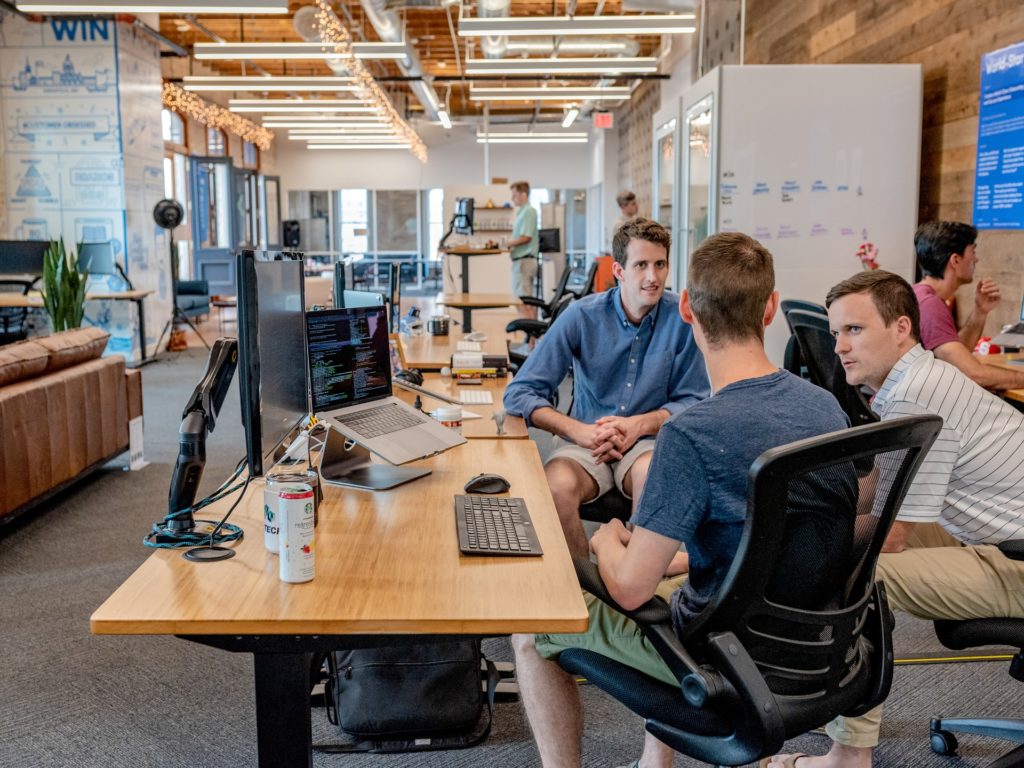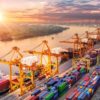The SPEED Smart Port Hackathon gave us some innovative solutions for problems in ports. In our previous post, you can read about the Berth Auctioning app developed by winning team ‘Big Berthas’. The other winning team ‘Ozone’ reports hereunder about their solution to improve air quality.
A confession
The Smart Ports Entrepreneurial Ecosystem Development (SPEED) virtual hackathon was an eye opener for me. Prior to joining the hackathon, I didn’t realise that Ports need the next generation IT as well as Smart infrastructure to tackle current challenges as well as ports future needs.
The importance of data
Portsmouth, Poole and Portland Ports set 3 challenges – manage air quality, berth auctioning and an interactive passenger information. Each team was asked to leverage an emerging technology to explore and prototype the potential solution. I formed the team ‘Ozone’ with students and professionals around the world. Global coverage helped us to work on the challenge round the clock. Since right data is the most important element of any data science or machine learning experiment, our team learnt that there is a lack of single source of data to visualise the relationship between Ports, Freight traffic and Air Quality. So, it was challenging to come up with a visualisation of Air Quality based on location, date/time and pollutants in such a short period.
Since most of us had data science background, I came up with an idea to use AI/ML to predict the Ports Air Quality and offer the feature as Data As a Service. The best part of Ozone’s solution is Incremental Innovation using Design Thinking, existing IT infrastructure of ports is leveraged, and Ports would be able to get Return on Investments by selling Data As a Service to other Ports, NGOs and Government organisations.
- Data science & AI/ML based affordable, and user-friendly data visualisation and data service on ‘Ozone’ platform
- Ozone’ platform provides precise understanding of air quality in ports and influencing factors such as particulate matter (PM2.5 and PM10), Ozone (O3), Nitrogen Dioxide (NO2), Sulfur Dioxide (SO2) and Carbon Monoxide (CO) emissions.
- Ports will be able to monitor, identify actions, targets and measures to reduce emissions

What I learnt from the virtual hackathon is that UK Ports need our help to solve some critical challenges as they lack the critical skills and professionals to design, build and maintain solutions based on emerging technologies. I would be happy to contribute and support in their journey.
Team Ozone
Julien Ortonovi
Amol Masurkar (blog post author)
Pooja Bhande
Saurav Kumar
Hassan Mahmood
Lannara Natyelle
You can follow up the SPEED challenges via our Wazoku platform: https://speed.wazoku.com/#/community/b6e9b42e2627478ba8cc9b5a17357428/home-page


